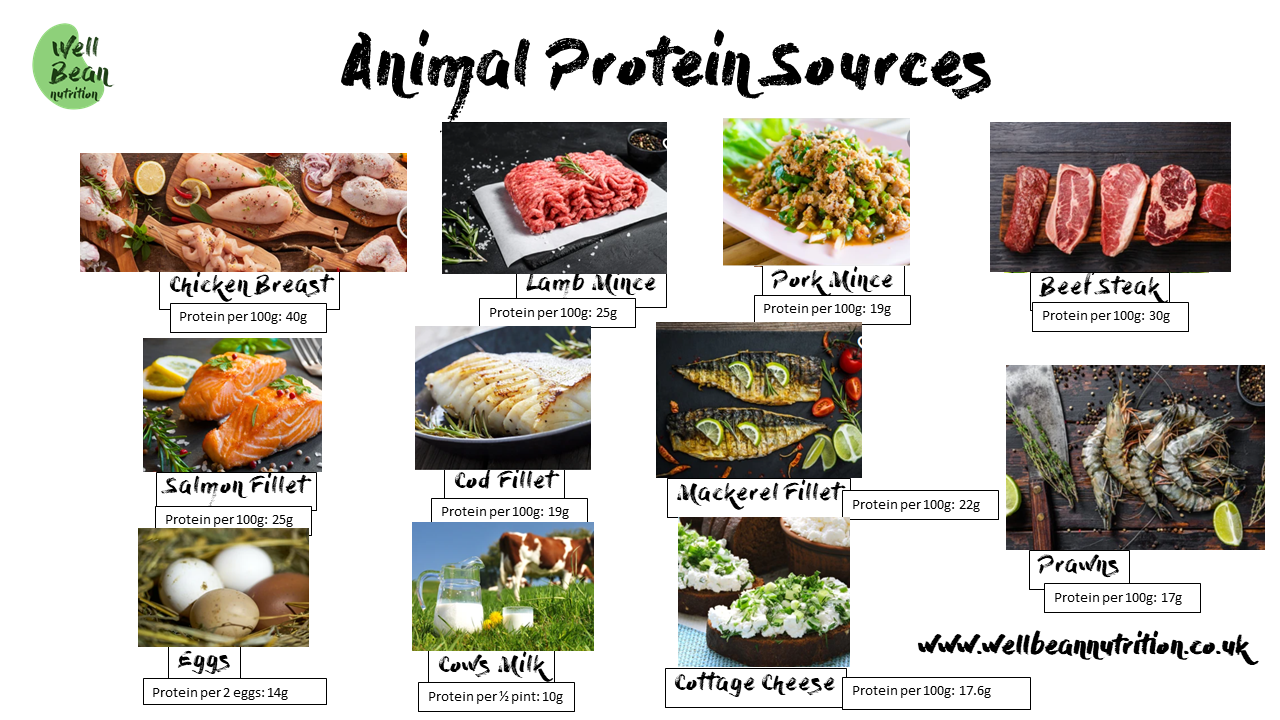“TIP! Please note that VARIATION of plant sources is key as we need to get the FULL spectrum of amino acids, rather than just consuming one variety over and over!”
The human body contains an estimated 10,000 to 50,000 different kinds of proteins, but what are they all used for?
Below are just a few functions of proteins, that we, as nutritionists have to consider, when putting together a protocol for our clients:
1) Proteins are the building blocks of muscles, blood, skin, and most body structures.
2) Proteins are also needed for general cell replacement, e.g. of skin, and GI tract cells
3) Some hormones are derived from cholesterol others are made from proteins
4) Proteins are used by the immune system to identify and neutralise foreign objects, such as bacteria and viruses.
5) Some proteins help transport substances around the body via the blood.
6) Proteins help to keep the correct balance between the amount of fluid in the blood and the tissues.
7) Proteins attract water so in the blood, these are important for maintaining blood pressure and maintaining the balance between the amount of fluid in the blood and the tissues- think oedema.
As protein is so essential, did you know that, on average, you should be aiming for 1g of protein per kg of your body weight? This means that if you’re 60kg, you should be consuming around 60g protein per day! (This increases depending on your age, health and lifestyle). This is why we sometimes recommend a good quality protein powder, as it can be an easier way to boost intake.
As many of us are turning away from a meat-heavy diet, in favour of vegetarian foods, I thought you may find this protein sheet helpful to give you an idea of quantities in plant sources…








